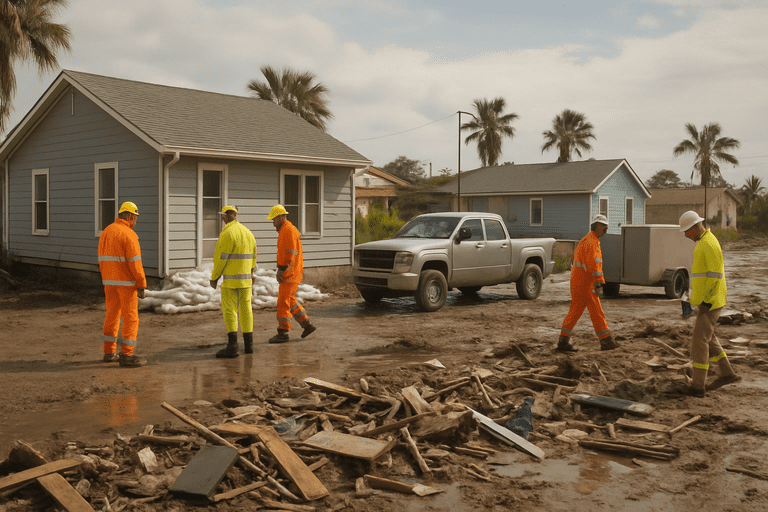🎧 Listen to the summary:
The administration’s reshaping of FEMA toward stronger state partnerships and tighter fiscal controls represents a defensible effort to reduce duplication, return some decision-making to governors, and curb what officials describe as inefficient federal spending.
Policy changes announced this year halt or reverse several post‑Katrina and 2024-era rules and programs, including an official pause on the Federal Flood Risk Management Standard and termination of the Building Resilient Infrastructure and Communities program, moves that end previously authorized mitigation awards and return unobligated BRIC funds to the Disaster Relief Fund or the Treasury.
Implementation has involved agency memoranda, halted rule-writing, and a plan to design a replacement mitigation approach that FEMA says will align more closely with state and local needs. States and local governments that had pending BRIC applications or planned floodproofing projects are directly affected, and several states have already launched litigation seeking restoration of funds and project approvals.
At the operational level, watchdog reports document friction between streamlined eligibility goals and oversight capacity. GAO identified instances where FEMA delayed or withheld obligations for emergency shelter and food programs, and found FEMA’s incident management workforce available at roughly 12 percent at one assessment, a figure raised as a concern for future response capability.
Separate audits raised large questioned costs tied to pandemic-era grants and flagged over‑obligations and improper payments, stressing the agency’s contracting and grant oversight functions as program responsibilities shift.
Practical effects fall on local emergency managers, contractors, and disaster survivors. Some FEMA staff reductions and reassignments have left fewer experienced deployers for simultaneous incidents, while policy changes conditioning aid have prompted claims that certain groups, including undocumented disaster survivors, may face barriers to assistance. fileciteturn0file2turn0file16
Likely unintended consequences include slower mitigation projects, legal uncertainty over returned funds, and pressure on the Disaster Relief Fund if mitigation savings fail to materialize, all noted in watchdog and advocacy reporting.
Next steps include court challenges to BRIC termination, development of FEMA’s replacement mitigation framework, and continued oversight from GAO, the DHS OIG, and congressional committees as they evaluate obligations, staffing, and implementation in public.
—
Deborah Cole reports on climate regulations, environmental mandates, and disaster response. She holds a degree in environmental studies from the University of Florida and worked in state-level emergency management before joining the press. Her reporting follows how policy meets practice across agencies, municipalities, and emergency zones.



